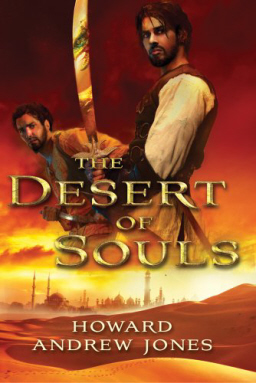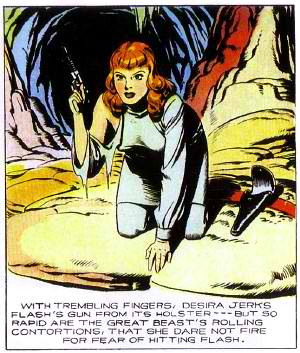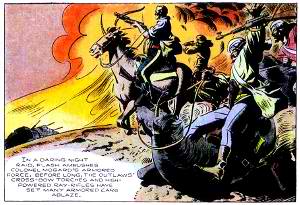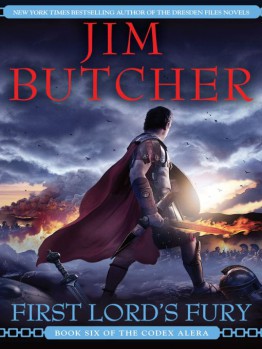Edgar Rice Burroughs’s Mars, Part 4: Thuvia, Maid of Mars
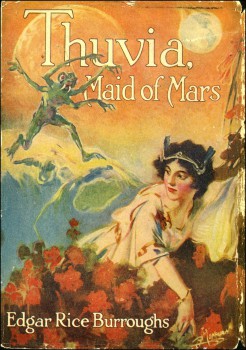 John Carter’s story appeared finished with The Warlord of Mars. But readers wanted more, and Burroughs was fired with productive energy. Less than a year after “ending” the Martian novels, he launched into the second phase of the series, with a new hero, new heroine, and new point-of-view style.
John Carter’s story appeared finished with The Warlord of Mars. But readers wanted more, and Burroughs was fired with productive energy. Less than a year after “ending” the Martian novels, he launched into the second phase of the series, with a new hero, new heroine, and new point-of-view style.
Our Saga: The adventures of earthman John Carter, his progeny, and sundry other native and visitors, on the planet Mars, known to its inhabitants as Barsoom. A dry and slowly dying world, Barsoom contains four different human civilizations, one non-human one, a scattering of science among swashbuckling, and a plethora of religions, mystery cities, and strange beasts. The series spans 1912 to 1964 with nine novels, one volume of linked novellas, and two unrelated novellas.
Today’s Installment: Thuvia, Maid of Mars (1916)
Previous Installments: A Princess of Mars (1912), The Gods of Mars (1913), The Warlord of Mars (1913-14)
The Backstory
Burroughs wrote the fourth Barsoom novel in April–June of 1914 under the stunningly uninspired working title of “A Carthoris Story.” But it wouldn’t appear in magazine form until two years later, where it ran in All-Story in three installments in April 1916. Burroughs was deep in the middle of the busiest period of his life, and he spent most of 1915 trying to sell his new properties to Hollywood, all without success. The delay getting Thuvia, Maid of Mars to market may reflect how crazy the author’s life was getting — and that he realized that Tarzan was going to be his big franchise.
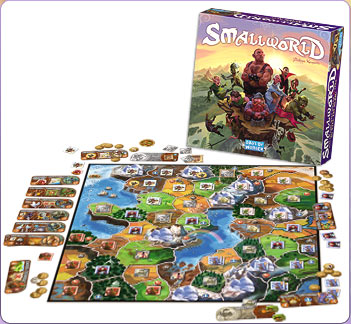
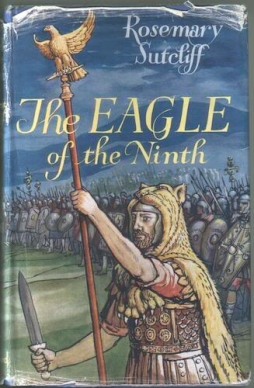 What I know about Rosemary Sutcliff:
What I know about Rosemary Sutcliff: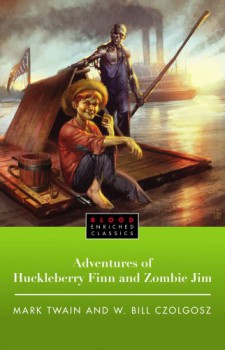 The Adventures of Huckleberry Finn and Zombie Jim: Mark Twain’s Classic with Crazy Zombie Goodness
The Adventures of Huckleberry Finn and Zombie Jim: Mark Twain’s Classic with Crazy Zombie Goodness  This month’s Apex Magazine features ”Bear in Contradicting Landscape” by David J. Schwarz and ”My Body, Her Canvas” by A.C. Wise; the classic reprint is “Useless Things” by Maureen McHugh, who is interviewed by Maggie Slater. Donata Giancola provides the cover art and Alex Bledsoe and editor Lynne M. Thomas penned columns round out the issue.
This month’s Apex Magazine features ”Bear in Contradicting Landscape” by David J. Schwarz and ”My Body, Her Canvas” by A.C. Wise; the classic reprint is “Useless Things” by Maureen McHugh, who is interviewed by Maggie Slater. Donata Giancola provides the cover art and Alex Bledsoe and editor Lynne M. Thomas penned columns round out the issue.